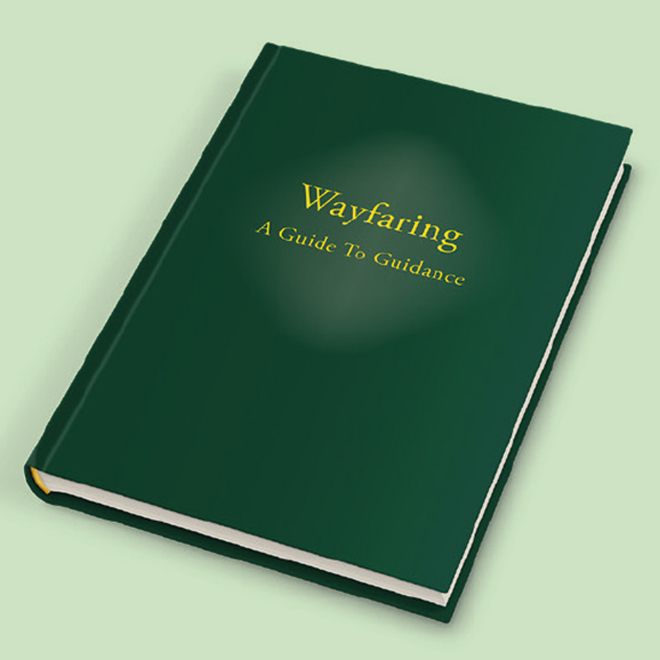Quakers and Jews
Harvey Gillman on common threads
A rabbi losing members of his congregation to the Meeting house next door is said to have complained: some of my best Jews are Friends! The relationship between Friends and Jews has been warm but ambiguous. When young, it is unlikely that George Fox would have met many Jews. They had been expelled from England in 1290 through religious and economic persecution. In the early 1600s Puritans believed that the Second Coming could not happen until Jews were scattered through all lands and converted to Christianity and so negotiations opened in the 1650s for Cromwell to allow them back in. Quakers were in favour of this, but many including Fox himself, Margaret Fell, Isaac Penington, William Penn and John Perrot wrote epistles to Jews in mainland Europe to persuade them to convert to true Christianity. By this, of course, they meant the Quaker movement which they saw as ‘the house of spiritual Israel’, ‘Jews in spirit’, ‘inward Jews’. If Jews according to Fox were descendents of the Pharisees and caused the death of Jesus, other so-called Christians had betrayed Christ with their outward forms. But Jews were the people of the prophets and of Jesus and if they turned to the Light, and they would find Christ.
